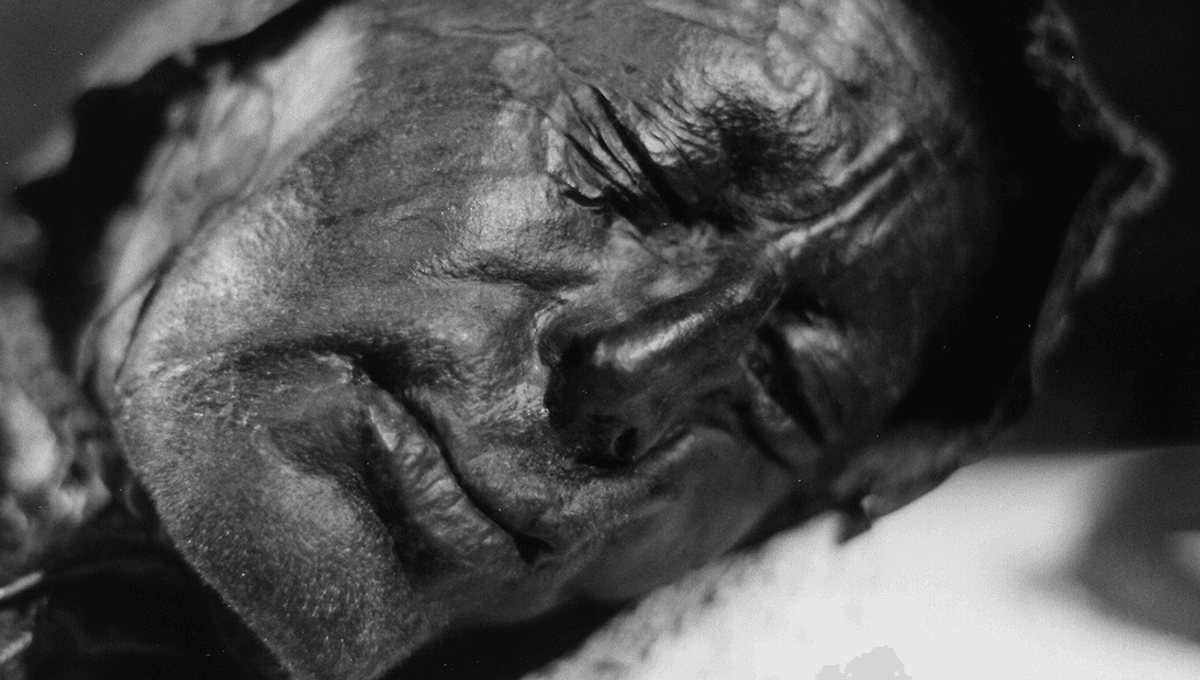
A team of researchers has analyzed over 1,000 bog bodies, finding that many of them met violent ends, and nearly all of them were placed in bogs intentionally.
Peat is created through the decomposition of organic matter, largely from plant materials such as moss. In particular. when sphagnum moss accumulates enough in wetlands to form a bog, the layers of peat form acids that are incredibly good at preserving bodies. Fall into one of these – or get murdered or sacrificed and thrown into one of these – and your soft tissues get turned to leather by the tanning agent, while your calcium-rich bones get broken down. The result is often – as was the case for the famous Lindow Man – a soft mess of leather.
The present study looked at human remains found in 266 sites over Europe, spanning from 9,000 BCE to 1,900 CE. In the analysis, the team included body parts and partial skeletal remains, as well as the more well-preserved specimens termed “bog mummies“. They write that the difference between the two types of remains is more to do with the conditions for preservation, rather than the practices of the humans who deposited the bodies them there.
“Previous archaeological investigations that focused solely on the well-preserved bog mummies have not given the whole picture,” archaeologist and paper co-author Sophie Bergerbrant said in a statement. “All categories of human remains have valuable information. And when we analysed these, a new picture became apparent.”
The team dated and mapped the bodies and body parts, looking for patterns and peaks in body deposits, and analyzing common characteristics between the individuals and the manner of their deaths.
They found that there were greater numbers of bog bodies found in Ireland, the UK, northern Germany, Denmark, southern Norway, and southern Sweden. Looking at more decomposed specimens helped them determine that bodies had been placed in bogs for longer than previously thought, increasing in frequency from 1000 BCE onwards.
“Following an extended period of sporadic examples, the phenomenon of intentional deposition of human remains first becomes consistently visible in the Early/Middle Neolithic, subsequently continuing over the next seven millennia,” the team explained.
Of the 57 bodies where a cause of death had been established through physical evidence or historical sources, 45 involved violence, six died by suicide and were likely placed in the bog in place of a churchyard, four by accident, and one by disease.
Though the motive for depositing bodies into bogs changes over the centuries studied, the team believes that some of the burials were ritualistic.
“In general, distinguishing between ‘ritualistic’ and other forms of violent acts, such as armed conflicts, raids or robberies, is often impossible based on archaeological evidence,” the team explained in the study. “The exceptions are ‘cult sites’, where ritual depositions of other materials took place alongside (often disarticulated) human remains.”
However, the team points out that it is not possible to determine whether the violence that caused their death were ritualistic, given the lack of archaeological evidence available. But violent, most of the bog bodies’ deaths most certainly were.
“Setting aside accidental deaths, the significant evidence for violent deaths and the large number of repeatedly used sites make it safe to assume that most finds of human remains in mires reflect intentional depositions,” the team write in their conclusion, adding that “violent deaths are probably underrepresented in our database due to preservation issues and a frequent lack of high-resolution palaeoanthropological investigation.”
The study is published in Antiquity.
Source Link: Bog Bodies Were Overwhelmingly Killed By Violence, Analysis Of 1,000 Bodies Finds